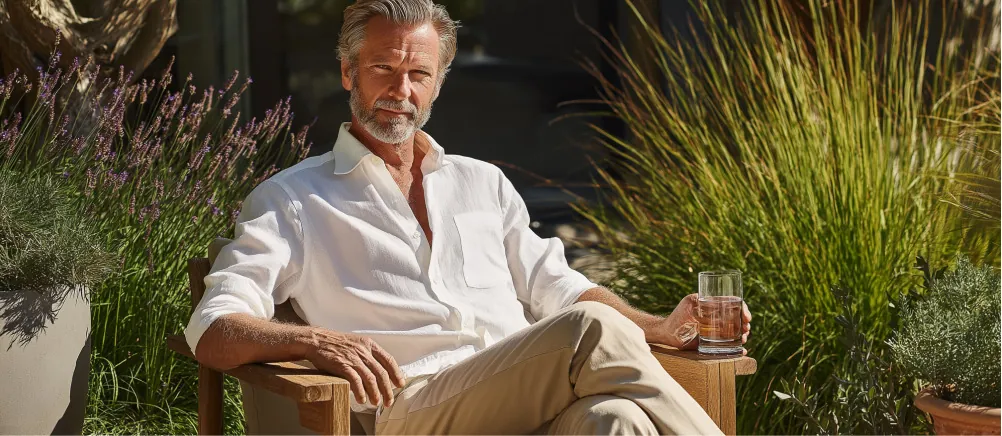Magazine
What Type of Acne Do You Have?
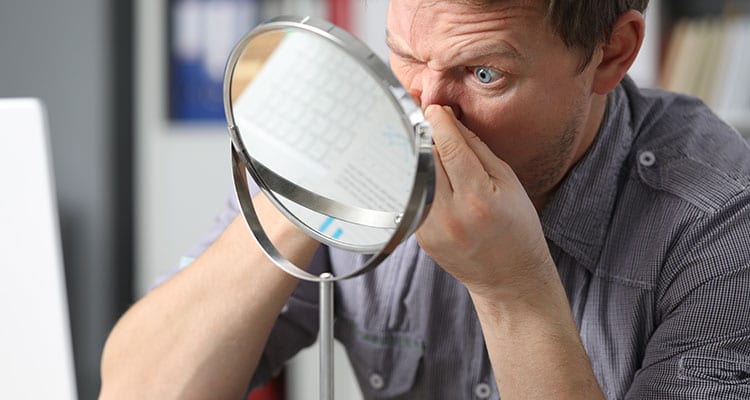
Spot, pop and yet another bump, we’ve all been there at some point or another. In fact, according to the American Academy of Dermatology, approximately 85% of people between the ages of 12 and 24 experience some form of acne, be it mild or severe. However, despite it being a condition which is generally associated with puberty, acne can last all the way into your 30’s and even your 40’s. Surprisingly enough (and very much like people), not every type of acne was created equally.
Acne is actually a broader term for many skin conditions, and knowing which type of acne you have is crucial when it comes to treating it. Correct treatment is key to reducing possible lasting impacts such as scarring, dark spots and other untreatable skin blemishes. But, first, what kind of acne could you possibly have?
Type of Acne: Inflamed or Not?
The most important thing to determine is whether or not your acne is causing you any inflammation. Since inflammation is the immune system’s way of signaling that it has recognized damaged cells and is trying to heal itself, inflammatory acne usually requires medical treatment. You’ll know you’re suffering from inflammatory acne if your breakouts are warm to the touch, red, swollen, aching, sensitive, irritated or perhaps have lesions surrounding them. Though there are different degrees of this form of acne, severe types, in which you might have blisters, nodules or cysts – cannot be treated at home. So the most important part is starting the treatment process at the right time.
Noninflammatory acne, on the other hand, is easily treatable and shouldn’t cause swelling or pain. These are usually white heads or blackheads, and since they’re unharmful, they respond very well to home treatments. This type of acne is caused by clogged pores. They can either be blocked by excess of sebum or dead skin cells, but eventually develop into bacteria. Your goal is to make sure that you cleanse and take care of your skin before that bacteria becomes inflamed.

Scratching or sensitive? It’s possible you’re suffering from inflammatory acne
Keep a Clear (White or Black) Head
There are of course different types of noninflammatory acne:
Blackheads – those are usually small, dark and often flat (though occasionally bumpy). It is a common misconception that the black part is dirt, however, it’s simply trapped sebum that has surfaced on the skin and was oxidized. They usually appear on the face, chest, shoulders and back.
Whiteheads – similar to blackheads, these are also clogged pores, but unlike blackheads, they have been covered with a thin layer of skin. Since the bacteria is trapped, the skin above and around it may seem tight. The good news – this type of acne cannot leave a scar.
If they are untreated, these clogged follicles can become one of the following forms of mild inflammatory acne:
Papules and Pustules – papules appear as small bumps under the skin, and unlike white or blackheads, they do not have a clear center. They can even be slightly swollen and red. Pustules, on the other hand, look like larger and inflamed whiteheads. They can be painful, and if not treated, lead to the next form of acne.
Last, when acne reaches severe levels, you might suffer from the following types of conditions:
Nodules and Cysts – both are painful, large, located deep within the skin and extremely inflamed. While the first is often hard, the latter are soft lumps that bruise easily. Both can also cause different skin complications.
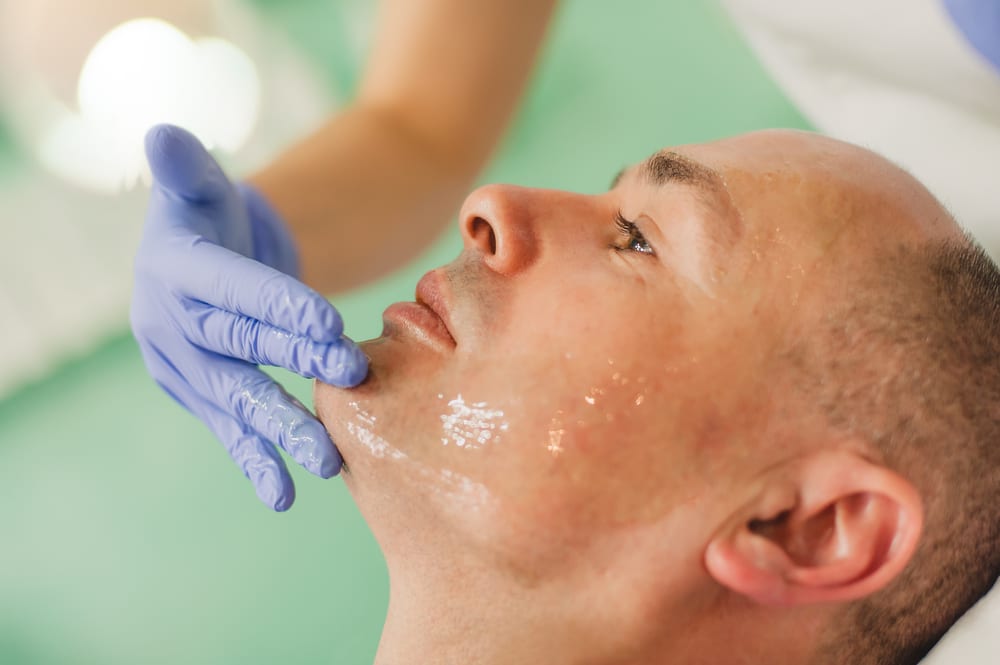
Treat your acne in time
Always One Step Ahead
You’d be surprised to find out how easy it is to stop acne from becoming inflamed. While it is true that certain skin types are more prone to acne, and your genetics play a part too, there’s plenty that can be done. For instance, did you know that by frequently changing your pillowcase and the towel you use to dry your face, you can significantly decrease the bacteria to which your skin is exposed to? Or, yet another example, by maintaining a steady routine of rinsing your face twice a day, you are both removing the dirt and dead skin cells in the morning which you have accumulated on your skin overnight, as well as cleaning the dirt your skin has accumulated throughout the day?
Another useful tip is choosing the right skincare products that would complement your skin in the best possible way. Incorporating face cream or face wash (and hell, why not both?) into your daily routine is the simplest thing you can do, especially when those products were particularly designed to suit men’s skin and therefore, also address common skin conditions. In case you need to take control of things with a deeper treatment, it’s highly recommended that you boost your skincare with a strong face mask.
All those steps and habits have been proved to undoubtedly assist in reducing if not eliminating different skin blemishes, nourishing the skin and cleansing it. Remember, the trick is always to stay one step ahead and treat all those heads!
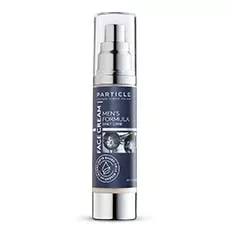
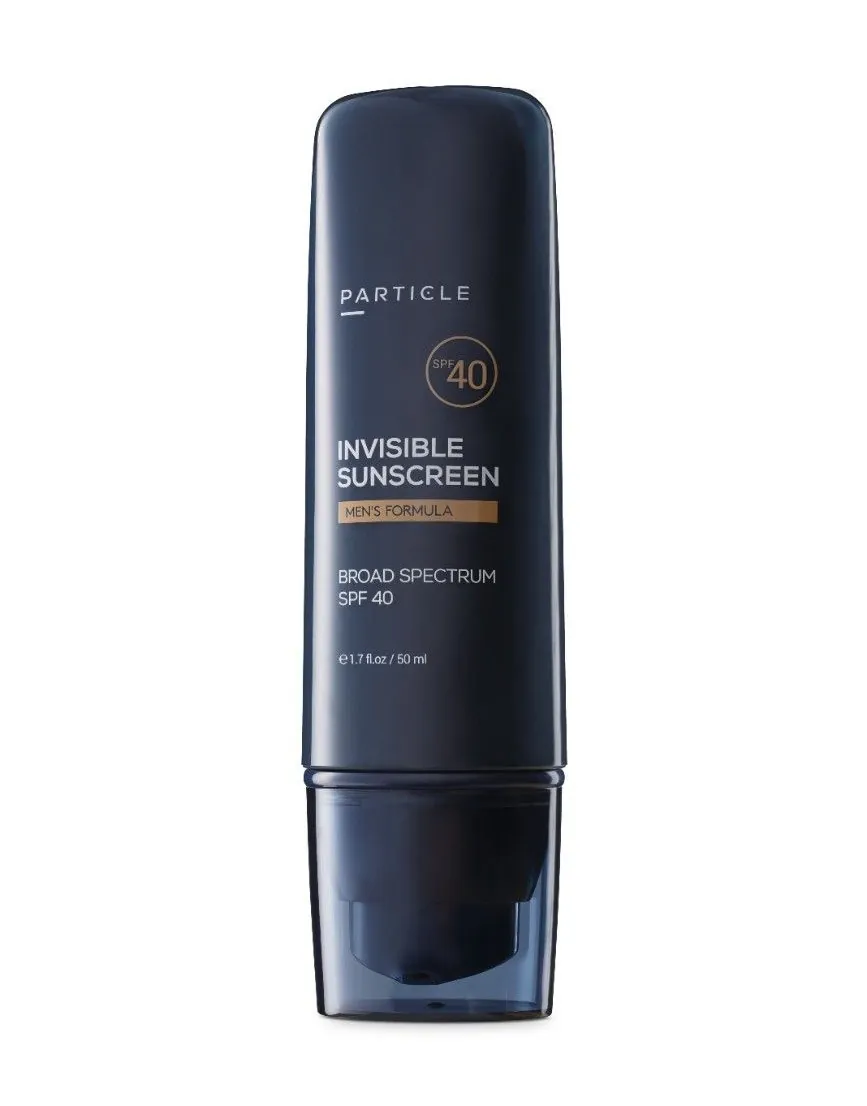
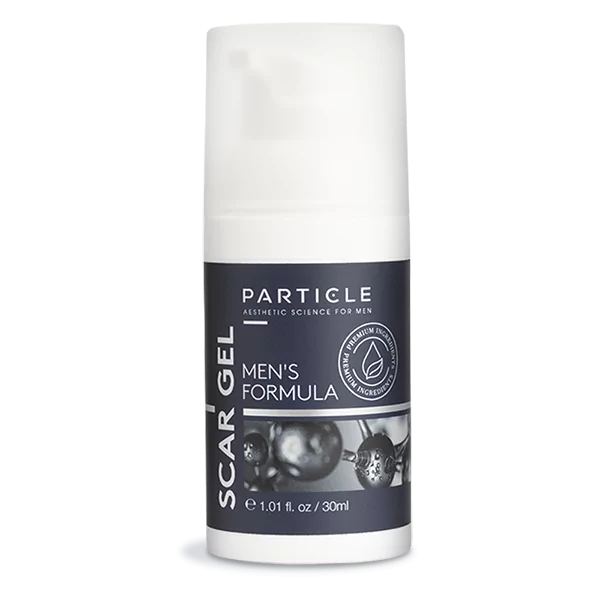
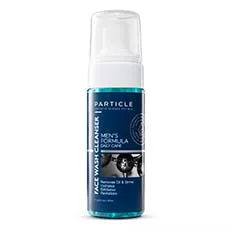
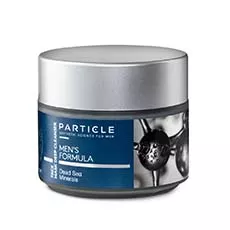
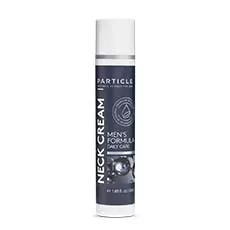
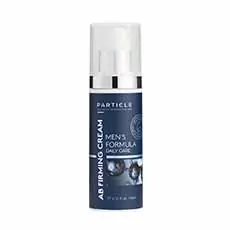
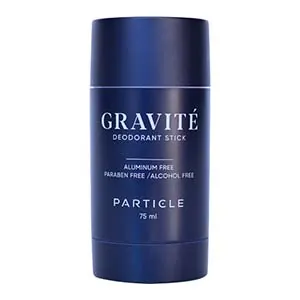
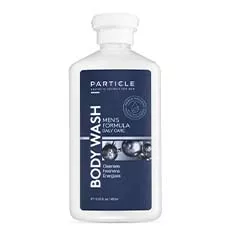
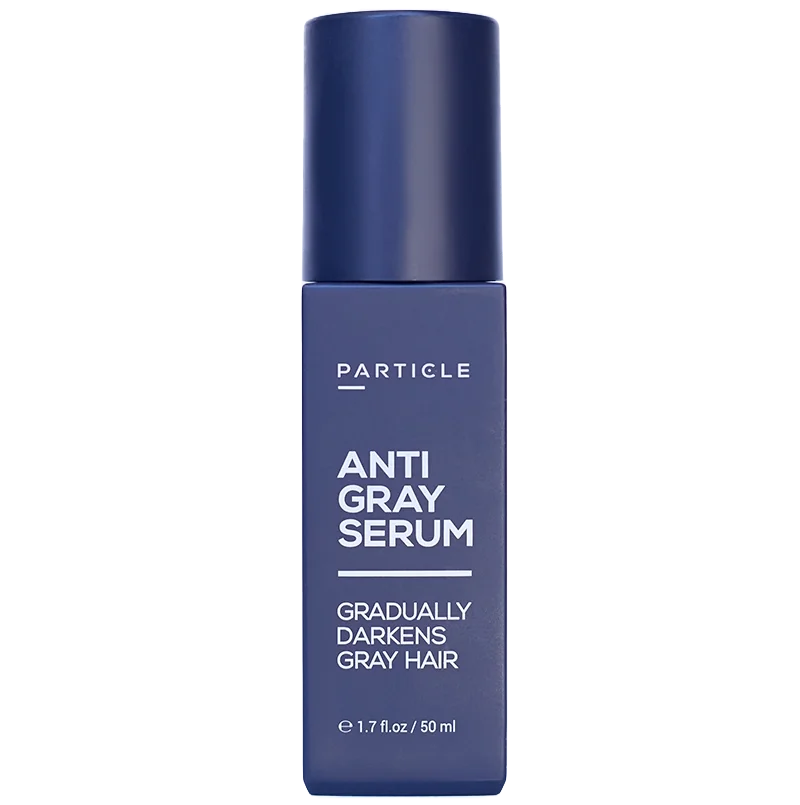
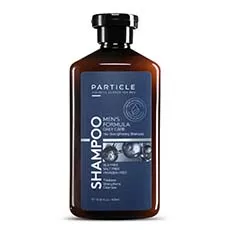
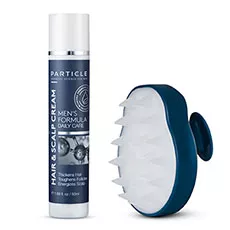
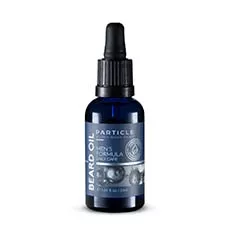
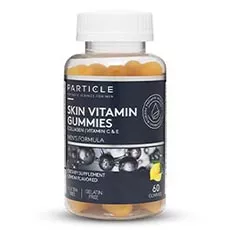
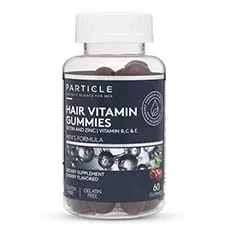
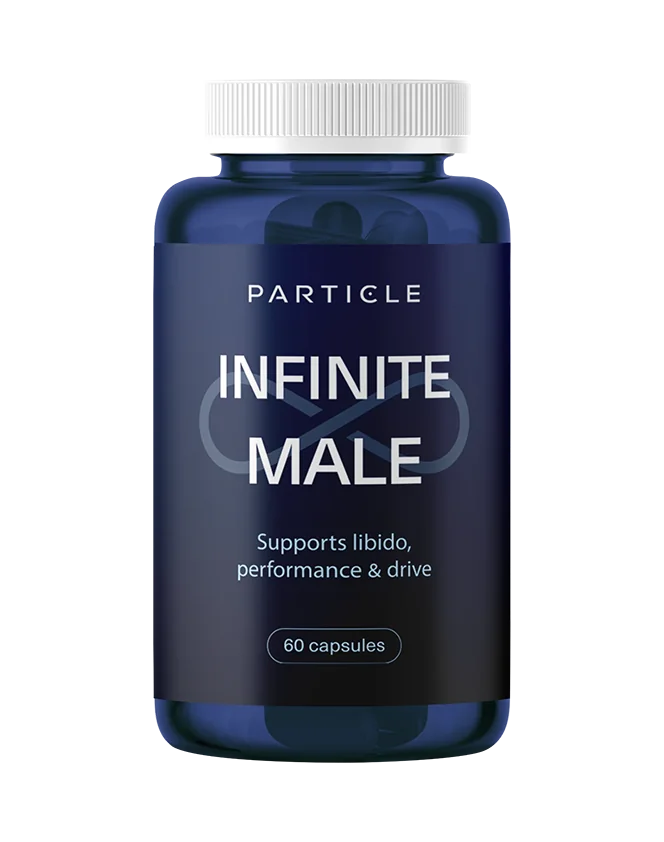
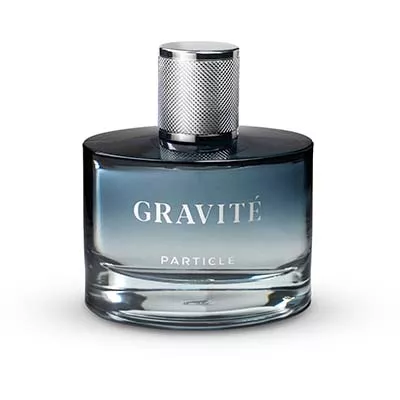

 en
en












